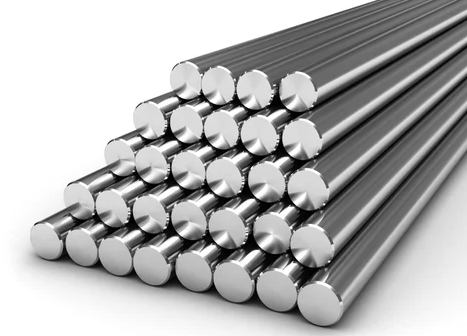-
About
-
Our Brand
-
Products
-
Community
Community
Blog
Blog
All about AISI 316L (Stainless steel)
- Writer
- STEELTOPIA
- Date
- 23-11-30
Stainless Steel 316L(AISI 316l) is commonly used stainless steel alloy known for its excellent corrosion resistance and versatility in various industrial applications. Here is an explanation of its key features and applications:

1. Chemical Composition:
Stainless Steel 316L(AISI 316l) is primarily composed of iron, chromium, nickel, molybdenum, and has a low carbon content (indicated by 'L' for low carbon).
2. Corrosion Resistance and Oxidation Resistance:
It exhibits exceptional corrosion resistance to chloride, seawater, and various chemicals, making it highly suitable for applications in corrosive environments.
3. Strength and Durability:
It possesses high tensile strength and durability, enabling it to withstand various mechanical stresses.
4. Heat Treatability:
The alloy can be heat-treated to enhance its strength, and it maintains stable performance even after welding.
5. Welding Characteristics:
Due to its low carbon content and excellent corrosion resistance, it is easily weldable, and the corrosion resistance is maintained after welding.
6. Medical and Pharmaceutical Industry:
Stainless Steel 316L(AISI 316l) is widely used in the manufacturing of medical devices and pharmaceutical equipment due to its corrosion resistance and biocompatibility.
7. Food Processing Industry:
It is utilized in the food processing and storage industry as a material that is suitable for food-grade applications.
8. Marine and Shipbuilding Industry:
Its superior corrosion resistance makes it a preferred material for shipbuilding and marine structures.
Stainless Steel 316L(AISI 316l) is a high-performance alloy with broad applications, particularly in environments where corrosion resistance and durability are critical. It is well-regarded for its reliability and versatility in diverse industries.


 HOME
HOME